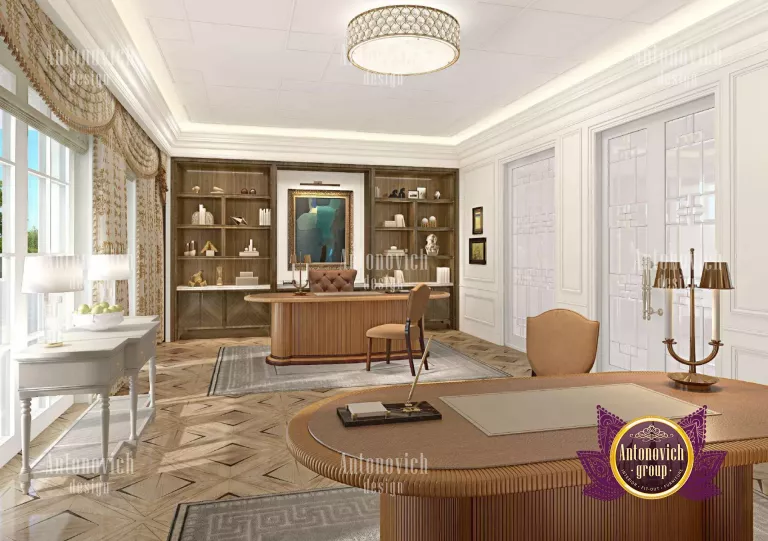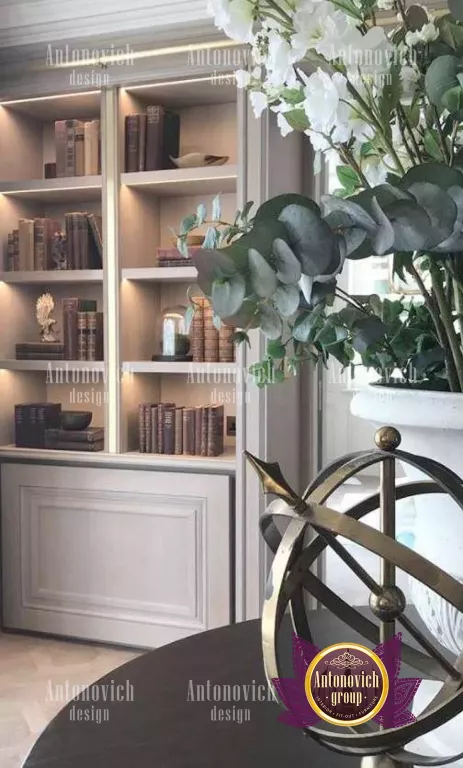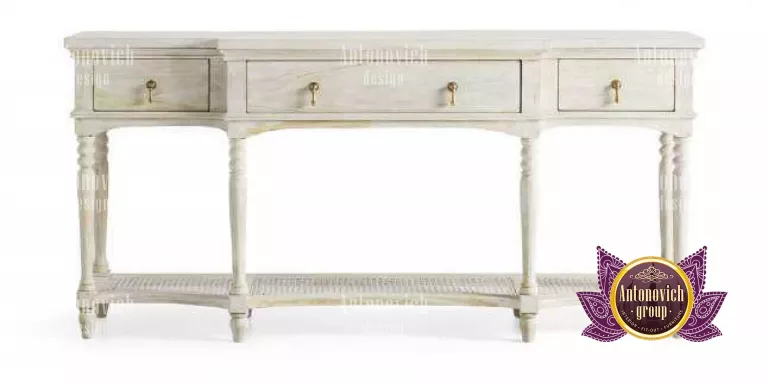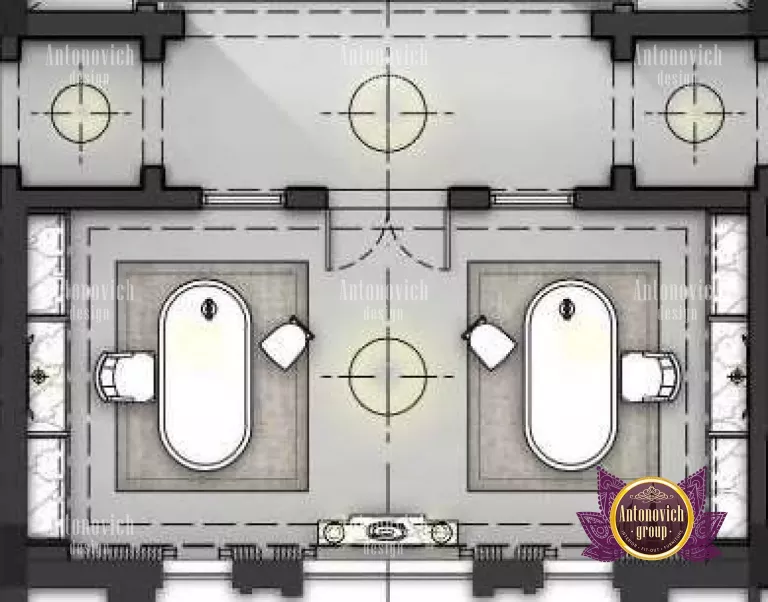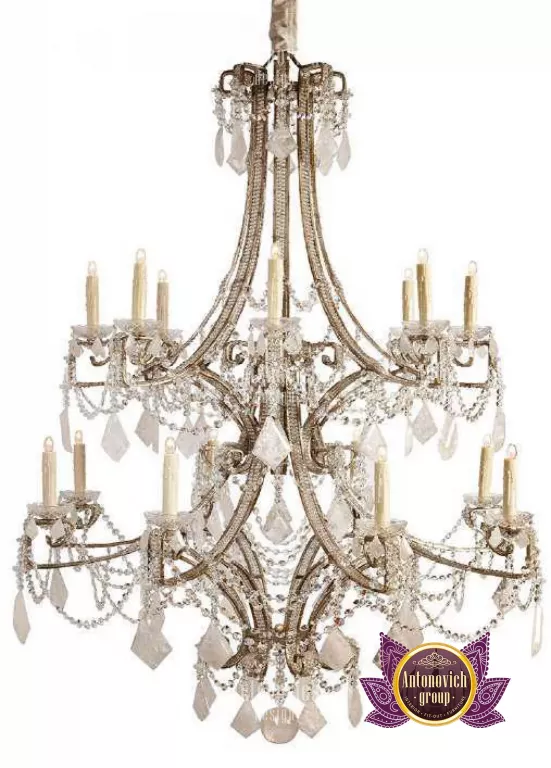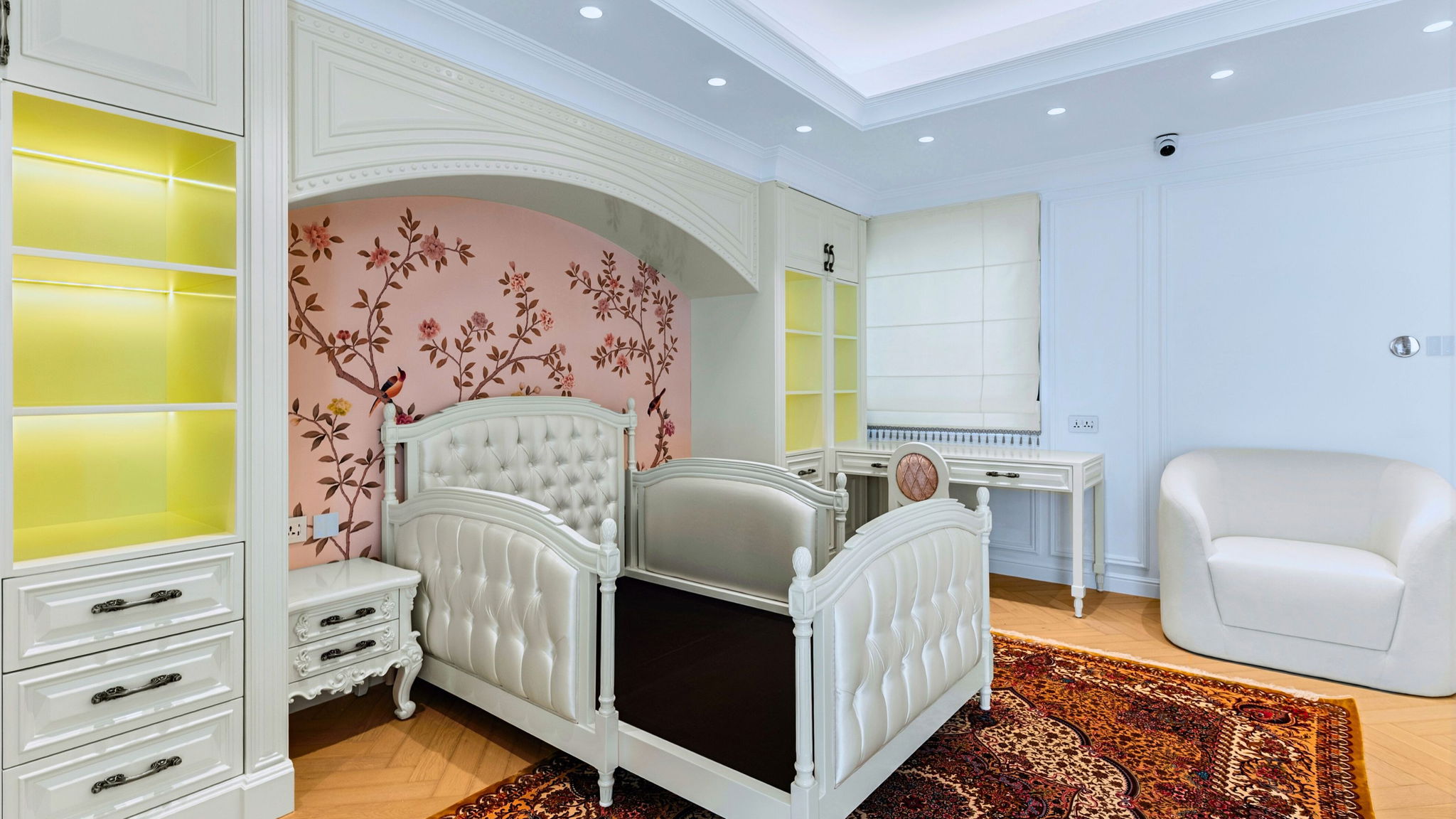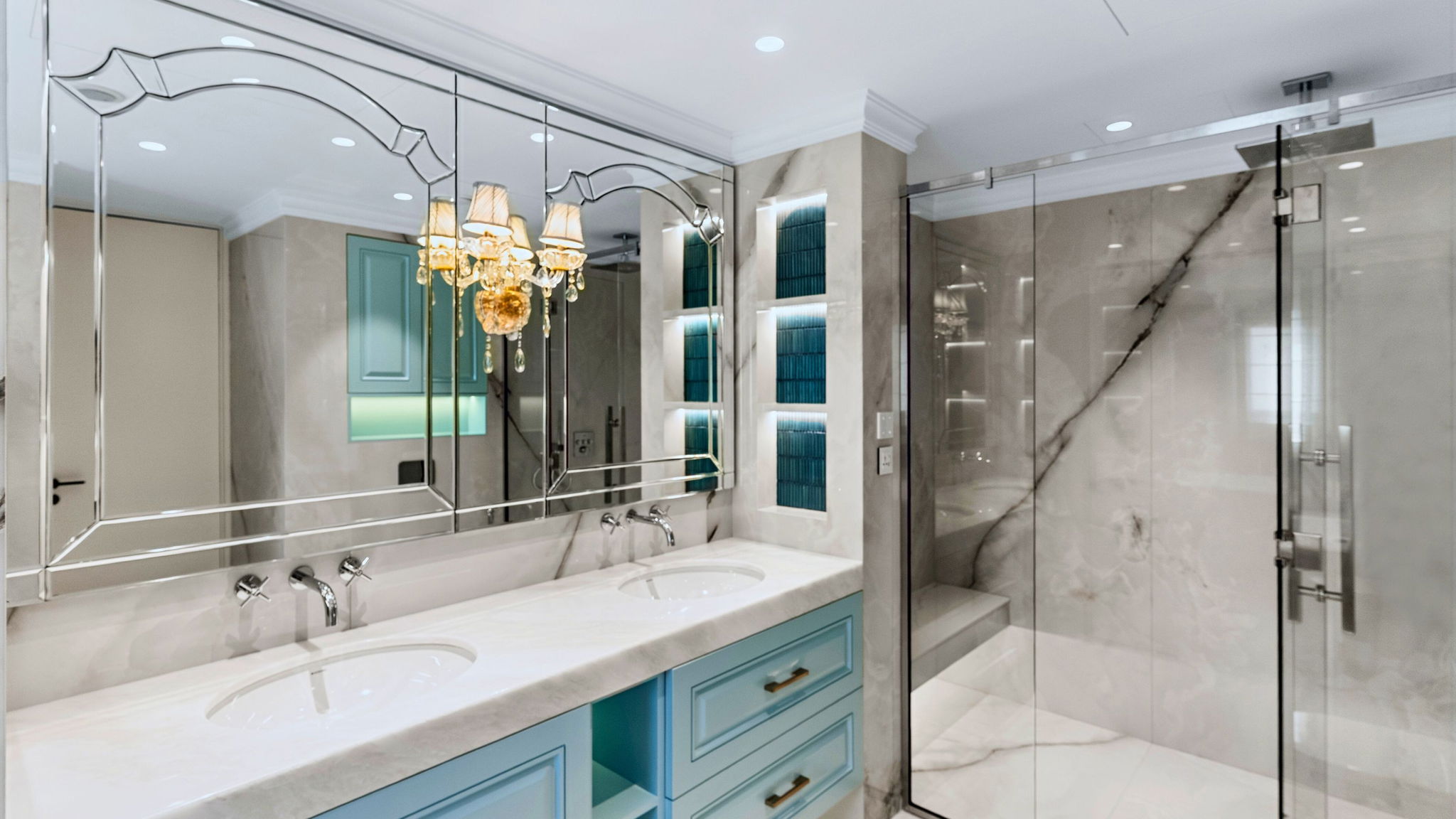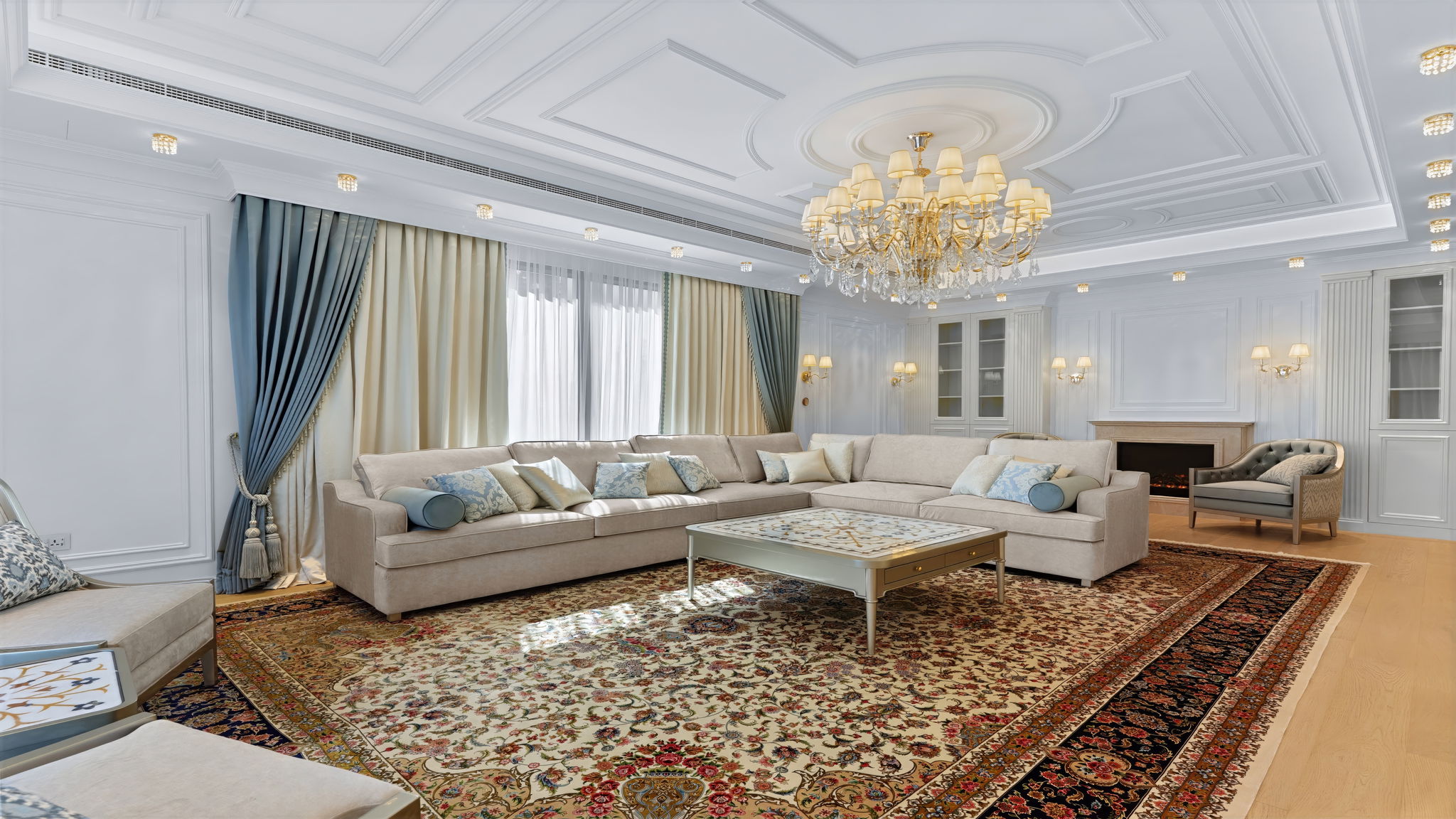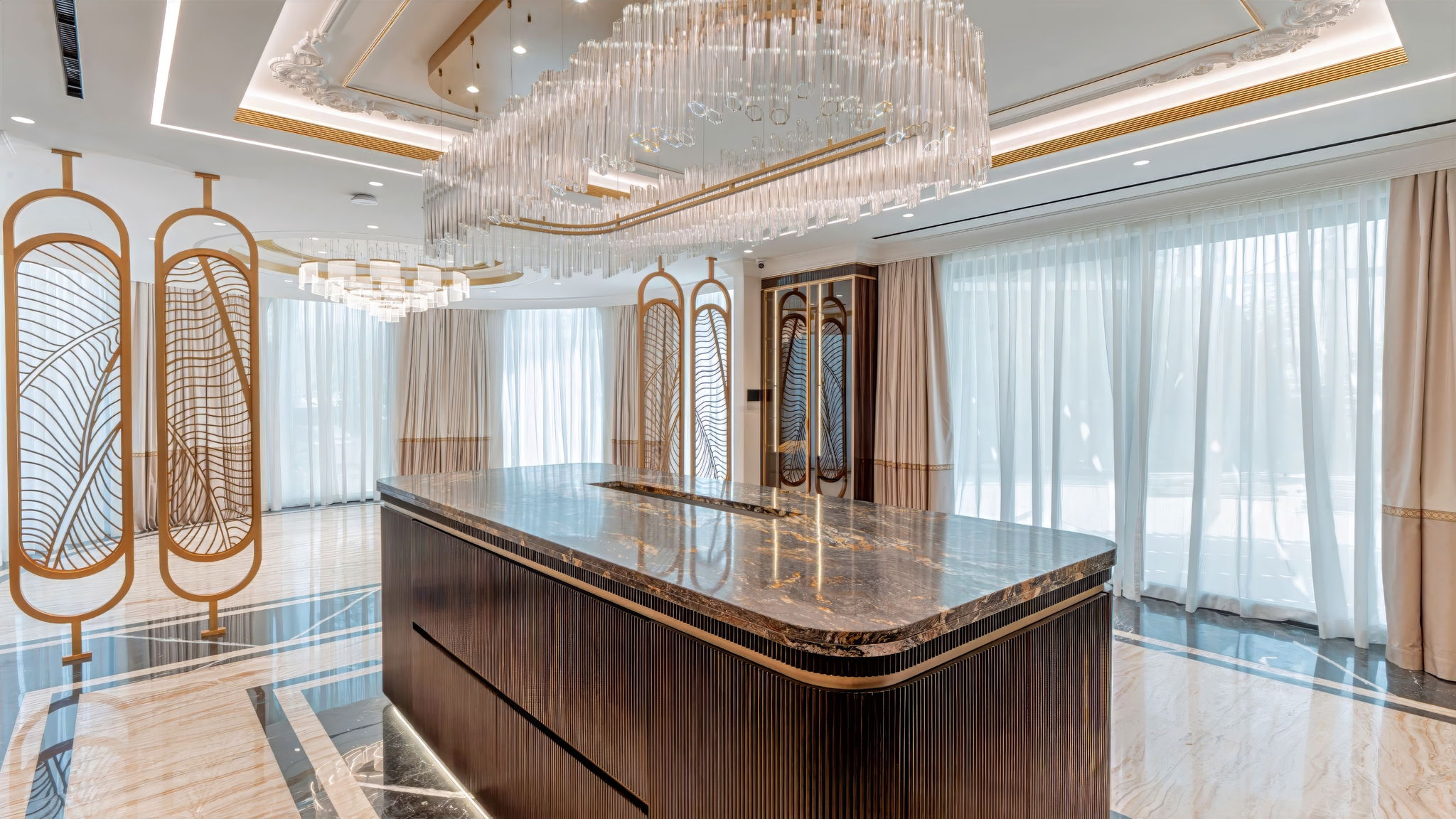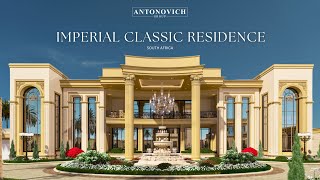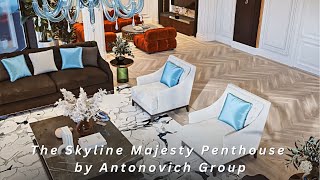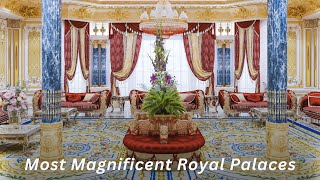YOUR OWN LUXURY LIBRARY
All ages can benefit from reading as a learning tool. Opening a book may be beneficial for everyone, from young toddlers to the elderly. Reading may assist with academic and career goals, lessen stress, and be a beneficial new year's resolution. Also, books may make your house a veritable knowledge vault for you and your family. It can be difficult for many voracious readers to decide how to organize their expanding book collection. This problem may be solved by creating a home library, which gives you a special place to appreciate your collection. We've put up a list of suggestions to assist you in building your ideal home library if you want to create your own personal library but aren't sure where to begin.
A person's collection of books and other reading material is their home library Dubai, often known as their private library interior design. A home library is usually held by a single person or a small group, and it is designed to suit the tastes of its owner. Although many homeowners already have a study, having a home library may be a useful method to put all of your books in one place where they will be secure and organized. Or adapt a WFH office interior design for dual use. In light of this, positioning and designing your home library are crucial, especially if you are expanding an existing one. For upscale inspiration, see luxury villas in Dubai.
You should make an inventory of your present collection before beginning to develop your own personal library. You might be shocked to discover how many books you already have. Doing an inventory will make it easier to organize your library since you'll already know what books you have, which will help you calculate how much room you'll need for it. Finding the ideal spot in your house is the first step in setting up a home library. Depending on the size of your library, this can include tackling a do-it-yourself project in the available space or making more substantial changes to make space. Compare layouts like Bahrain house design to spark placement ideas.
There are a few things to think about while listing the items in your area. Avoid placing your home library next to outside walls since they might experience temperature variations. These modifications may significantly affect the condition of your library and promote the development of mold or mildew. While they can draw insects and small animals, areas near food and water should also be avoided. For moisture-prone areas, review examples of bathroom design in Nigeria for humidity solutions. Attempt to position your home library interior design in unused parts of your house.
You should spend money on improvements once you've chosen a location for your home library. You should think about the size, number, and complexity of your home library, as well as how many shelves it will contain. Knowing these essential components can help you estimate the cost and scope of renovations needed for your home library. You should set aside money for the price of new books if you plan to grow your collection over time. Also consider master bedroom innovations for integrated storage ideas.
There are two common styles of bookshelves available when choosing for your home library: built-in and freestanding. Built-in shelf units are permanent components in the home that are fastened to the walls themselves. Freestanding shelving is temporary and moveable shelving that is set up against a wall and typically takes the form of a bookshelf or cabinet. If you prefer timeless pieces, explore classic furniture in the Arab Emirates.
There are several shelf designs to pick from within those two categories, including floating shelving, corner shelving, hanging shelving, and adjustable shelving. You should decide which shelves to utilize for your library before it is built. You can borrow layout cues from modern living room interior planning.
If you want a warm reading nook, see cozy bedroom in classic style for décor cues.



